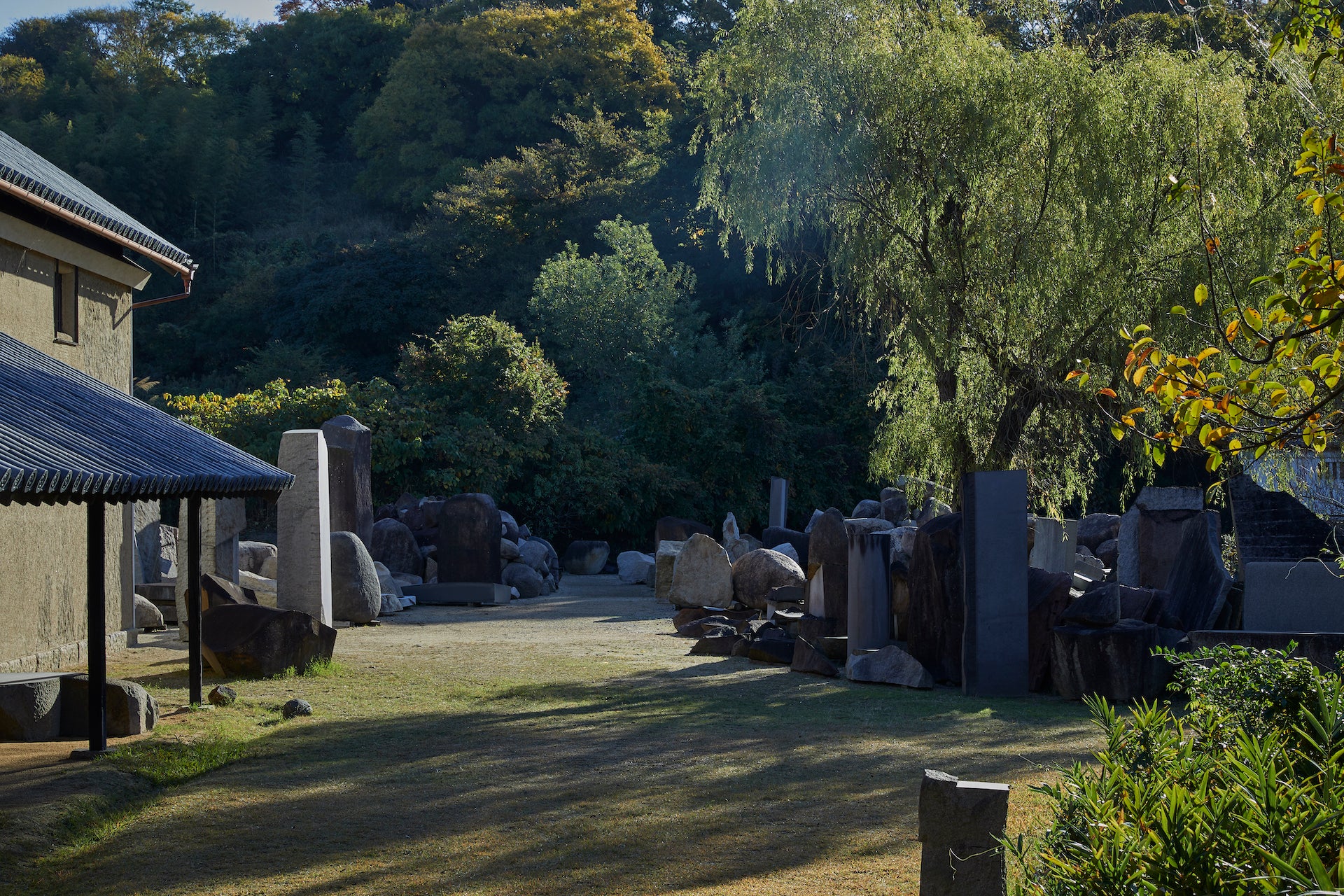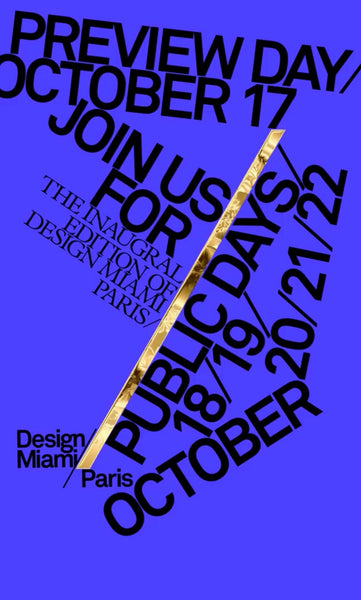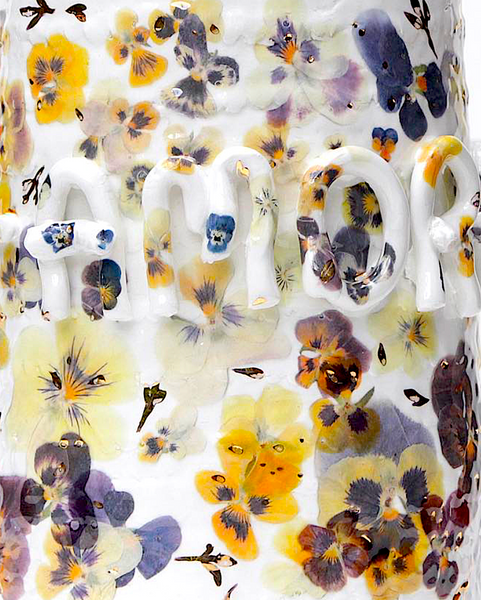Behind the Lens
Beautifully Composed
Photographer Yoshihiro Makino finds the perfect angle wherever he goes
No matter the subject—architectural landmarks, celebrity homes, boutique hotels, artist studios—Yoshihiro Makino always finds the perfect angle. Meticulously composed and richly textured, the images created by this Tokyo-born, LA-based photographer make you want to be there, wherever in the world his camera has been, from epic sites in Iceland, India, and Peru to the sumptuous interiors that clients like Architectural Digest, Departures, and Elle Decor regularly commission him to capture.
Between shoots in Northern California and Mexico, Makino took time to speak with us about his path and practice, painting an evocative picture of how he excels at showcasing his every subject at its stunning best. With such a dreamy, thoughtful portfolio, it’s no surprise that Makino reflects deeply on the world as he sees it. Scroll on to read more about the unique perspective he brings to his in-demand work.

How do you describe the focus of your photography practice?
My subjects reflect my current interests, which have evolved over time. Since starting photography 30 years ago, my work has moved from documentary to fashion to architecture and interiors.
Having grown up in Tokyo, I’ve always been surrounded by modern architecture designed by respected architects—Le Corbusier, Frank Lloyd Wright, Antonin Raymond, and so on, as well as the Japanese architects who were trained by them in the early to mid-20th century. So it seems natural to me that I started shooting architectural spaces after exploring other subjects in my 20s.

Were there early experiences that influenced your professional path?
I was born in a neighborhood near the center of Tokyo that was full of antique and vintage shops, punk rock music venues, and various establishments that carried exotic art and craft. In my teenage years, I was exposed to cultures and goods from Europe, Asia, old time Japan, and the US, which were displayed everywhere around me without hierarchy. Basically, it was just a total mess of things all together, just as vintage shops are supposed to look.
This experience gave me a broad perspective on the world, taught me to respect cultural and aesthetic differences, and stimulated my curiosity to want to understand the world’s vast diversity more. The camera that my grandfather gave me helped me with that desire. As a high school student wandering the streets, the camera gave me a kind of permission to interact with all kinds of people, across ages and occupations. I really loved that feeling. I felt like I found my role in this world.

What is unique about your way of seeing the world?
I have always felt that the world is made of symbols—circles, squares, and triangles. Since childhood, I’ve looked at the world in this way, doing visual puzzles in my head as I take in different sceneries. The rectangular windows of the subway train echo the windows of the buildings behind, as I look out through another rectangular window. Someone’s round handbag is placed in the perfect third of one of the windows, but only for a second before it disappears from view. Then someone’s folded umbrella cuts the rectangular window in half and creates two triangles. It seems like I was born to play with compositions.
What kind of stories do you want to tell with your work?
I tend to embrace the bright side of the world, rather than harshness. Life is so tough and painful for many of us, so I want people to feel that there is always a hope—that there are beautiful things to explore and appreciate. Even in everyday life, a significant moment or angle can always be found to help us see that life can be joyful.

Who or what has most influenced your work?
I have long enjoyed old European movies from the 1930s through the 1970s—auteurs such as Godard, Fellini, Visconti, Bunuel, who opened me up to mid-century modern French and European aesthetics in interiors, fashion, and landscapes, as well as poetic storytelling without clear endings. My world was opened up to American/Western underground culture through directors like David Lynch and Jim Jarmusch, along with writers like William Burroughs and Charles Bukowski.
I’ve also been inspired by Japanese Manga comics—Akira by Katsuhiro Ootomo, for example—which feature meticulously detailed drawings of buildings, a unique way of using light, dynamic compositions, and fashionably dressed characters.
One’s public persona has more weight than one’s true feelings in Japanese society—it’s valued as a social lubricant. So for me, the direct approach to storytelling in underground Manga, punk and reggae music, street culture, and avant-garde films helped me find and feel the truth behind the facade, motivating me to go out on my own to capture what I see with my own eyes.

What is your process for capturing architectural and interior spaces?
First, I walk through the entire site or space to learn how the sun moves around it. I try to read about the designer’s or owner’s perspectives and gather context to get at the essence of the project. Then I create a palette in my head, take lots of iPhone test shots, and spend some time, preferably alone, reviewing everything and thinking.
Some of my clients have shared why they hired me for their projects, which made a lot of sense to me. They said they wanted to bring in someone from outside of their world—someone nontraditional—because they wanted a unique and unexpected approach to their projects.
What is your process for capturing studios and creative workspaces?
I highly respect artists because they create things from nothing, while we photographers need something that already exists to make our art. So being with them—seeing how they live and work in their creative spaces—is a dream.
I try to be like air in their space, letting them be how they usually are, while quietly finding a well composed angle that shows the essence of their life and work, capturing them as they move into frame.
Can you share a few projects that you found especially meaningful?
Two subjects come to mind: Le Corbusier’s planned city for Chandigarh, India, and Masatoshi Izumi’s Stone House in Mure, Japan.
In 2018, I published a book called The Open Hand on Le Corbusier’s Chandigarh. The project started from my personal work, and, through a series of fortunate events, became a book that expresses my practice—my way of playing with compositions and capturing the patinas of old buildings, while also exploring Wabi-Sabi culture. Through the process, I became connected to many like-minded creators and clients.

Another meaningful project was photographing the home of Masatoshi Izumi, stone mason and assistant to Isamu Noguchi, on the site of the Isamu Noguchi Garden Museum in Mure. My long interest in solid materials, like stone, concrete, ceramics, lead me to works by Brancusi and Noguchi, which in turn lead me to JB Blunk—my first reportage piece for Architectural Digest. Blunk’s family connected me to Izumi.
Izumi was born into a multi-generation stonemason family in the Shikoku Prefecture and began apprenticing at age 15. In the 1960s, Izumi’s family hosted Noguchi as an artist-in-residence on their property and built a home and studio for him. Soon Izumi was carving for Noguchi.
One of my life’s works is to document the relationships and co-influence between Japan and other countries as expressed in art and design. Artists like Noguchi, Blunk, Perriand, Le Corbusier, and Wright who lived and collaborated in Japan inspire me. As I split my time between Japan and the US now, I’m probably trying to find meaning in being a creator working globally.

Do you have a dream project that you hope to tackle one day?
I have different dreams for different categories. For architecture and interiors, I would like to publish a book about Japan, covering both contemporary designs and historical sites, maybe expanding to include art and craft. Additionally, I would like to photograph Oscar Niemeyer’s Brasilia (another utopian-like urban plan from the modernist era, like Chandigarh). It would be a dream to publish a small book on its architectural details and do an exhibition in a long corridor showing Le Corbusier’s work on one side and Niemeyer’s on the other.
What are you working on next, and how can people support your work?
As mentioned, I am looking for opportunities to work on new book ideas; looking for an art director, writer, or publisher who can collaborate with me to bring these ideas to life. In the meantime, I will always try to visit beautiful places, both new and historical—especially those that have never been published before. ◆
Follow Yoshihiro Makino’s work on Instagram @yoshihiromakino



